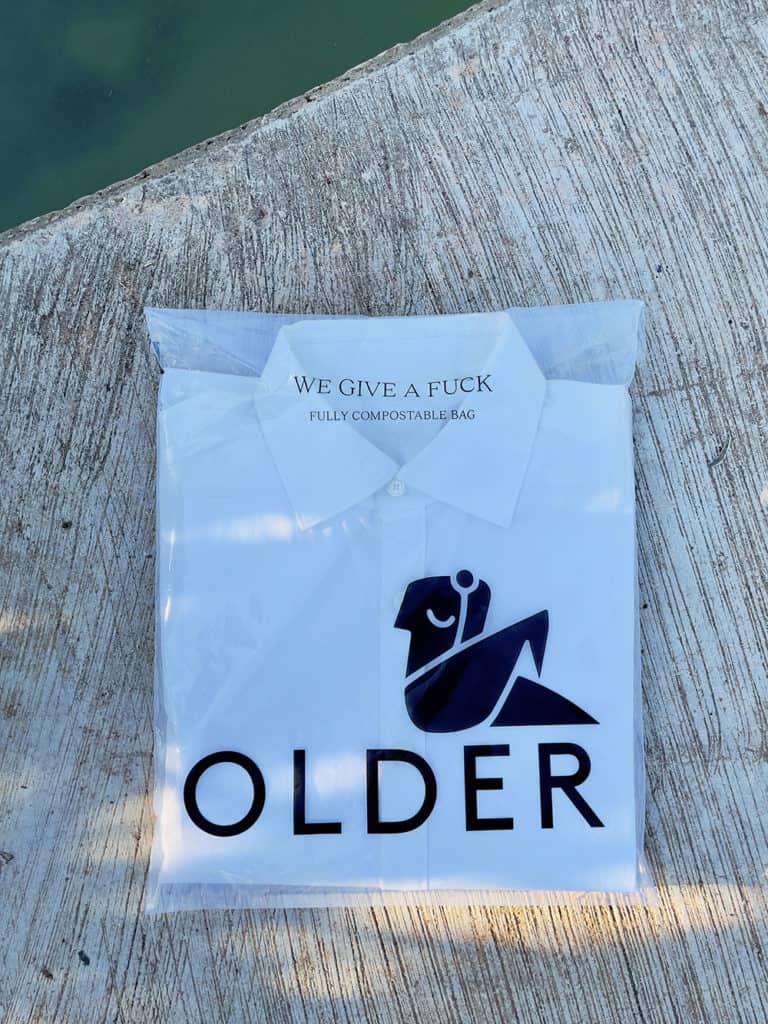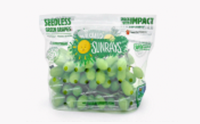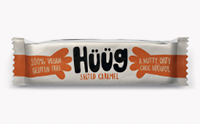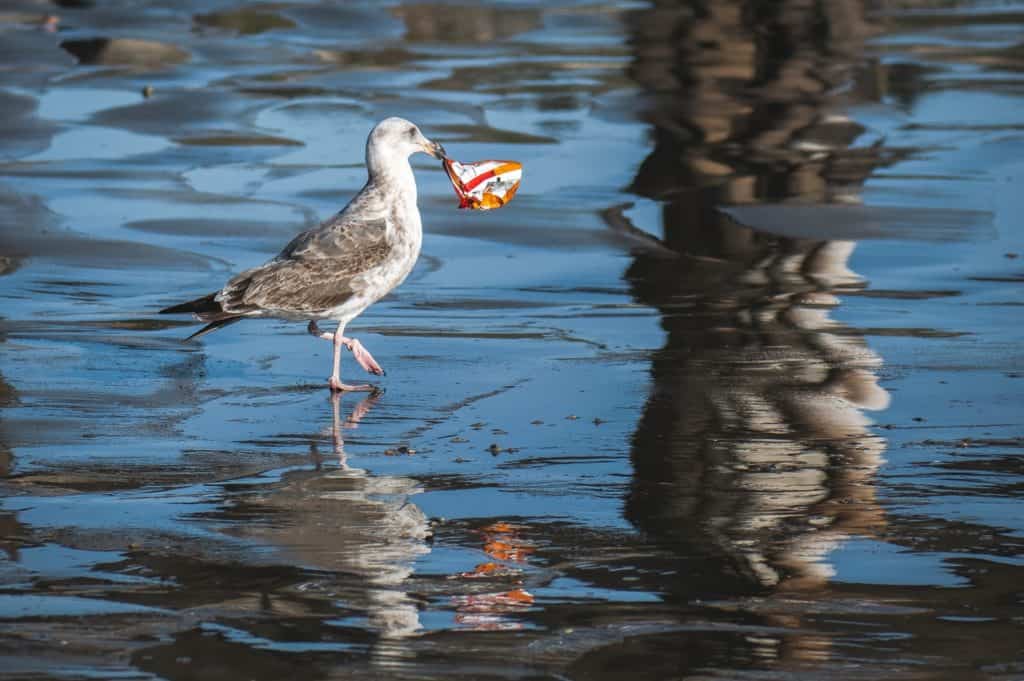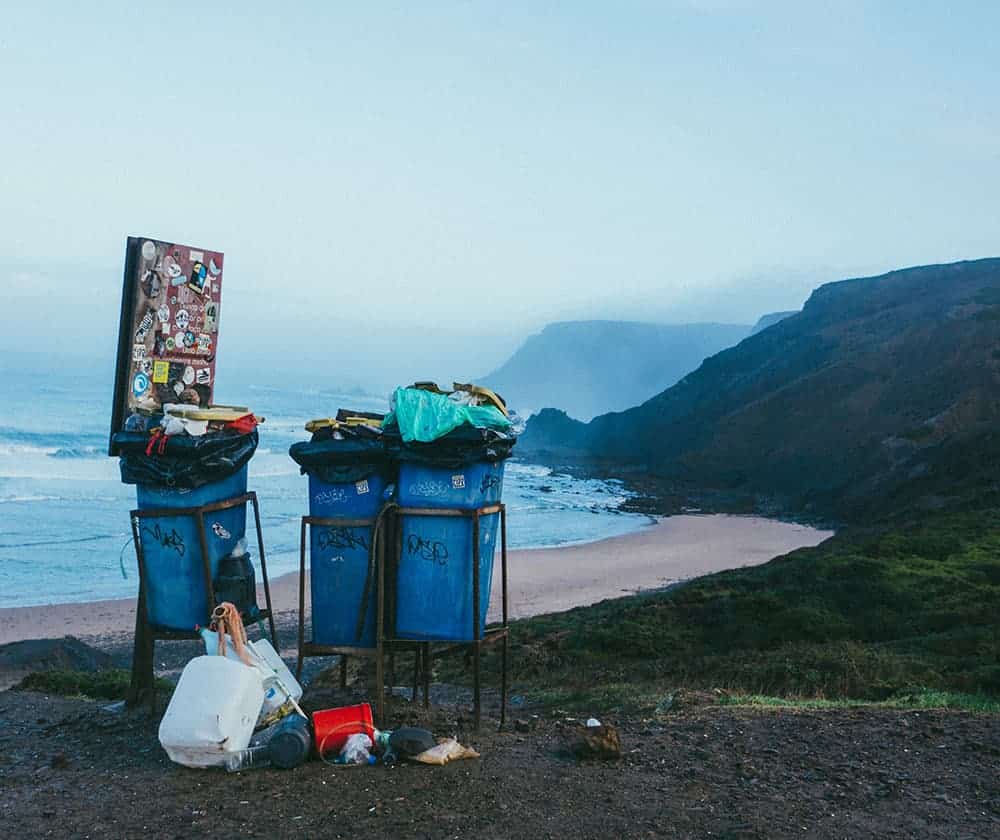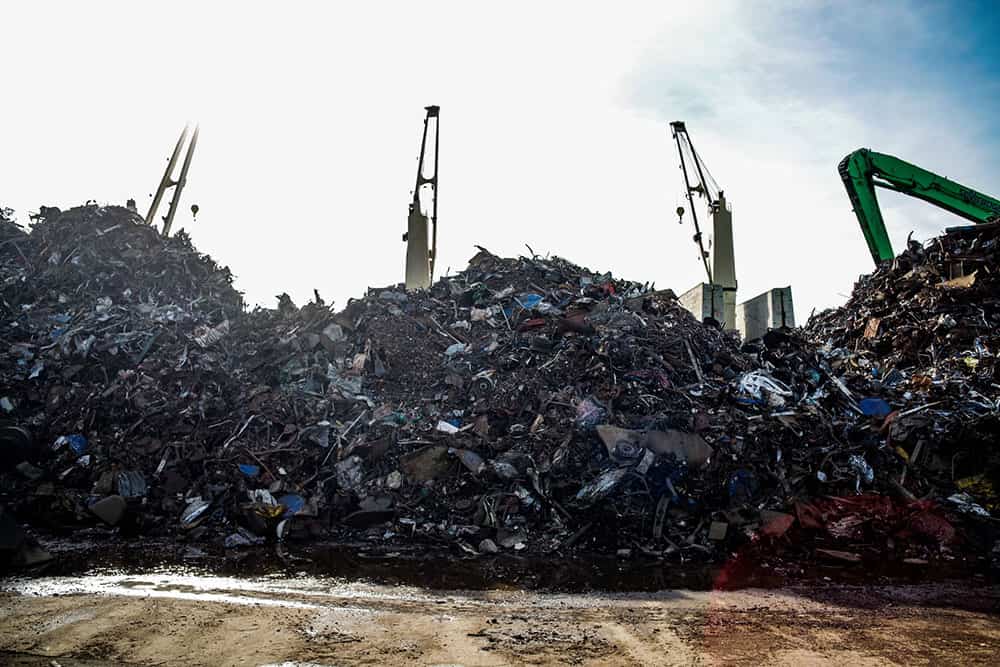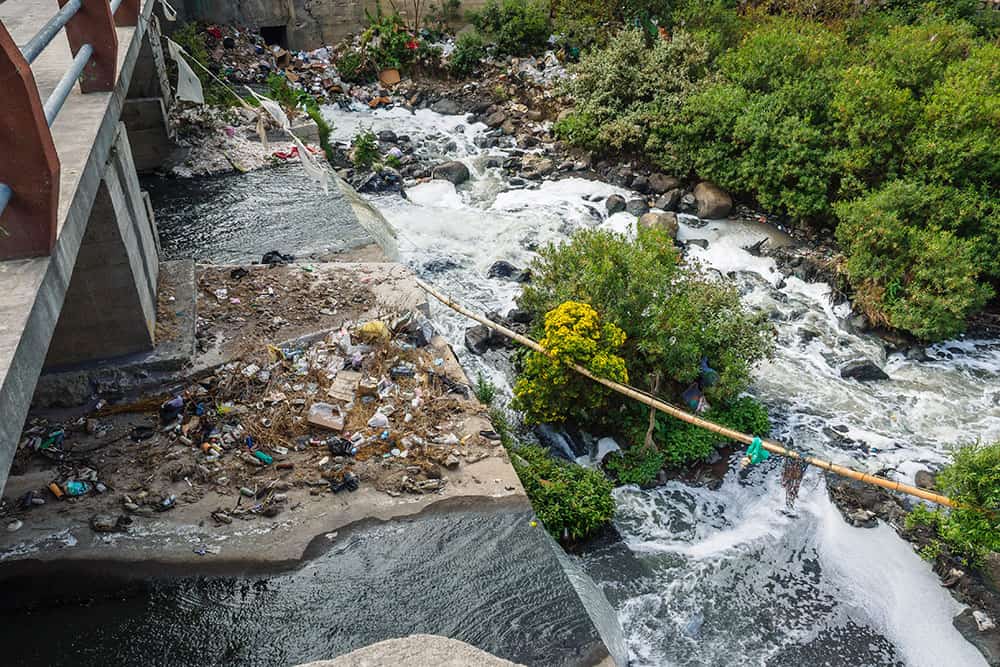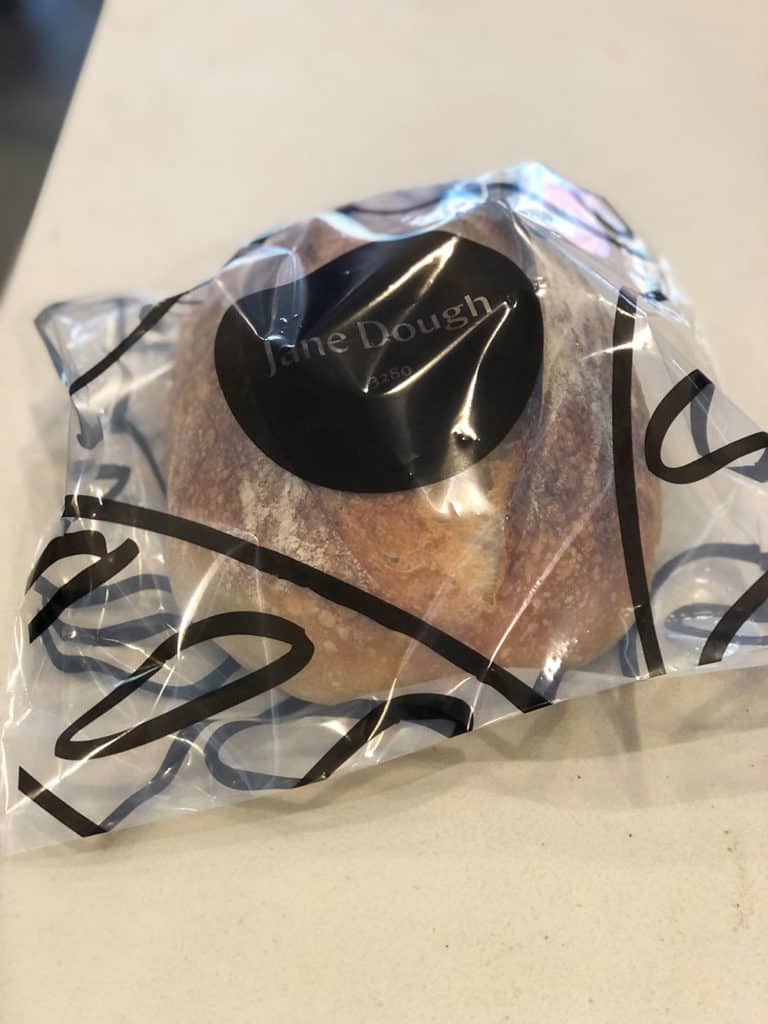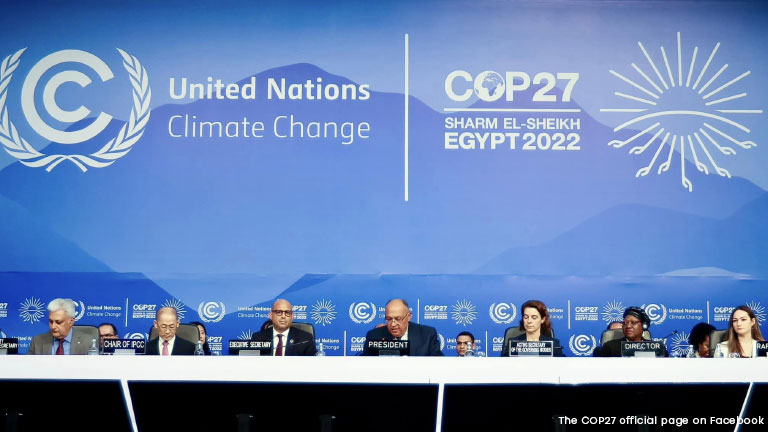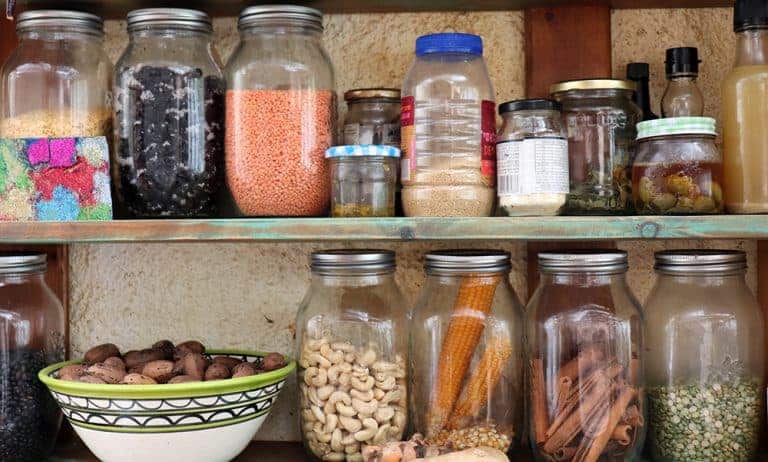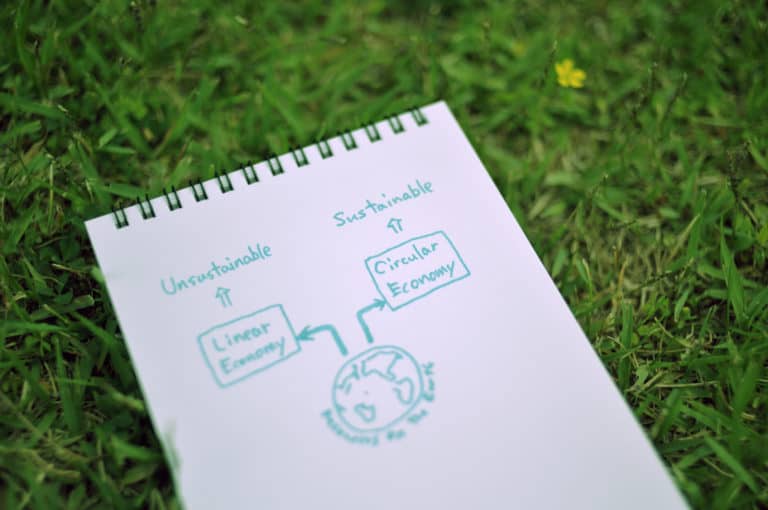Recycling is an extremely conversed process , so debunking myths about recycling is inevitable. When it comes to recycling plastic, and especially flexible packaging, the myths, the facts, and the misinformation are as common as the use of the word Recycling itself. When only 9% of plastic worldwide is recycled, the following question seems legitimate to be asked: Is recycling a real solution when it comes to plastic packaging? To observe the recycling reality as it happens, let’s dive into the following myths:
Myth #1: All plastic packaging can be recycled
No, not all plastics packaging can be recycled. In fact, not all plastic is recyclable. According to the National Geographic not all created plastic is equal, therefore the disposal of plastic will vary from one type of plastic to another. Different polymers, compositions and characteristics call for different recycling methodology process. While soft drinks bottles are widely recycled, plastic flexible packaging can technically be recycled, but mostly they aren’t. Due to their lightweight and food contamination, flexible bags get tangled up in the machines and causes stoppage.
Myth #2: Plastic polymers can be recycled again and again
No, Plastic can be recycled between 1-6 times , but rarely does it happen more than once. Recycling plastic downgrades its quality. Every time plastic is recycled, the polymer chain grows shorter, so its quality decreases.
To “upgrade” the plastic quality, additional virgin material (raw plastic) is added, making this circle of plastic – indefinite.
Myth #3: Plastic recycling is a myth
It’s complicated. Currently, plastic recycling is a substantial part of our waste management infrastructure.
Of the 40 million tons of plastic waste generated in the US last year, according to a new report, conducted by the environmental groups Beyond Plastics and The Last Beach Cleanup, barely 6% of that waste was recycled last year (2021), down from around 9% in 2018, as nations like China stop taking U.S. plastic.
When most of the plastic waste ends up in landfills, in the oceans, in the soil, and even enters our bodies — there are not only unknown health repercussions, but unanswered questions regarding recycling as well.
As it happens, for years the fossil fuel industry has been turning oil and natural gas into plastic, without an end of life. Basically, this plastic, the microplastics stay in our water, soil, and air for hundreds of years.
Moreover, according to one 2020 study it will dump 1.3 billion metrics tons more of plastic waste into our environment by 2040!
Myth #4: The bright containers of laundry detergent and shampoo, once thrown into the recycling when empty, will be recycled
No. Much of the stuff we think can be recycled, probably never will be. When tossing an intense orange, purple or blue plastic packaging into a recycle bin, there’s a belief that it will get magically whisked away to a recycle center where it will be transformed back into more useful plastic items. However, dark colored plastic is difficult if not impossible to reuse. Just like when mixing paint, the darker the paint is, it is more difficult to change the color to a new color. In fact, black plastic is the most difficult color to recycle. Forbes reports, only white or natural plastic is of high enough value to bother putting it through the recycling process.
Myth #5: There is one silver bullet for reducing plastic waste
Not at all. Recycling is not the magic bullet that will fix our plastic waste problem. Not entirely, at least. Recycling works very well for plastic water bottles and milk bottles; PVC polymer’s applications such as pipes and window frames, aren’t widely recycled in household waste; acrylic, nylon, and other mixed materials, are almost certainly not recyclable in household collections.
Understanding the misconceptions about recycling, how recycling isn’t realistic for all plastic packaging, especially Not when it comes to flexible packaging, is key to figure out how to solve the plastic waste predicament. To answer the need for flexible packaging solutions, try TIPA’s compostable packaging, which reverses the waste predicament into a useful product with an-end-of-life. Leaving ZERO plastic waste behind, TIPA’s solutions help diverting plastic and organic waste from landfill and have been for the last 10 years.
To exit the plastic age and enter the flexible plastic ZERO waste era, visit TIPA’s compostable packaging solutions.
